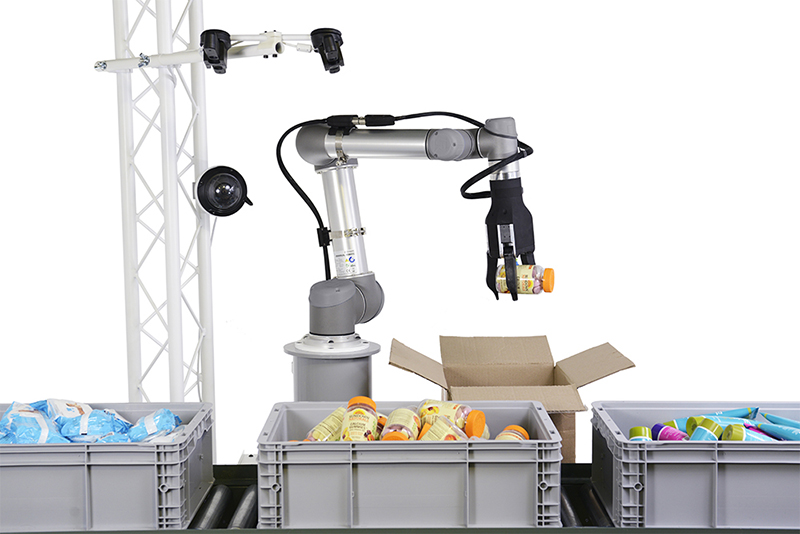Amazon’s announcement of its first mega-warehouse in New York first spurred excitement about new jobs for the Staten Island facility, quickly followed by buzz that Amazon plans to deploy robots and drones at the warehouse to reduce labor costs.
This should be no surprise, as logistics and warehouse industries are hurriedly deploying robotic solutions that streamline the supply chain.
Some credit Amazon’s $775 million purchase of warehouse-roboteur Kiva Systems in 2012 as the tipping point for both the development of rival products and the drive to implement something – anything – that keeps other fulfillment operations competitive with the online retail behemoth.
The Seattle Times reports that Amazon utilizes some 45,000 robots in 20 fulfillment centers – a 50 percent increase since 2015. And the company no longer sells the Kiva machines, lest a competitor put them to good use. Instead, Amazon is keeping the technology for itself.
Kiva Systems’ (now called Amazon Robotics) success stimulated the next generation of robot creators, like Locus, now in a partnership with 3PL giant DHL, and RightHand Robotics. RightHand Robotics recently introduced RightPick, a sensorized robot hand that works in concert with a robotic arm to handle the key task of “piece-picking” individual items. These three-fingered “hands,” with the help of a suction tube, can grip items and insert them directly into a package for mailing.
San Jose-based Fetch Robotics Inc. is fabricating robots that work side-by-side with human counterparts, helping employees be more effective by transporting goods after they’ve been hand-picked from the shelves.
Warehouse robots are a big business, says market research firm Tractica, who says that many prominent companies showing greater confidence in new robotics technologies may yield a ROI is a shorter timeframe than even just a few years ago. Tractica’s Warehousing and Logistics Robots report says worldwide sales of warehousing and logistics robots reached $1.9 billion in 2016 and will grow rapidly over the next few years, reaching a market value of $22.4 billion by the end of 2021. The company also forecasts that worldwide warehousing and logistics robot unit shipments will increase from 40,000 in 2016 to 620,000 units annually by 2021.














